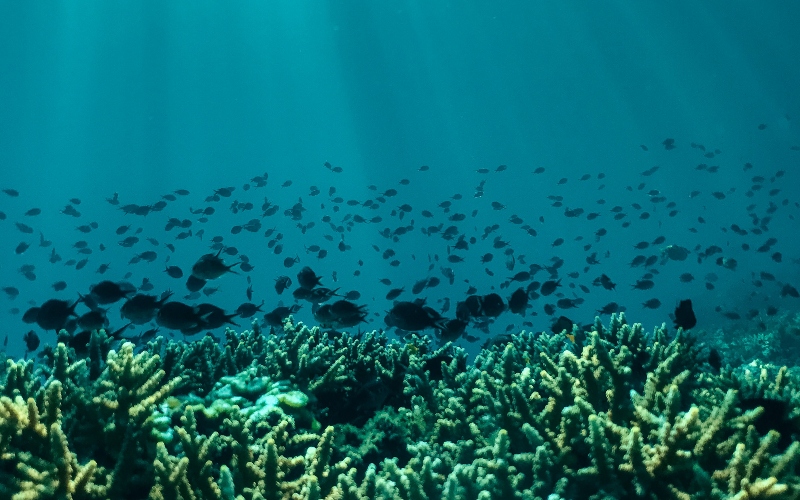Legitimacy and limitations of valuing the oxygen production of ecosystems
IGP's Prof. Robert Costanza and Dr Ida Kubiszewski are co-authors on new paper: Legitimacy and limitations of valuing the oxygen production of ecosystems

28 October 2022
Authors: Haojie Chen, Robert Costanza, Ida Kubiszewski for Science Direct
Oxygen production is an ecosystem service essential to life on Earth. However how it should be valued is controversial and depends on several factors. Here, we commented on how valuation might be applicable to the stock or flow of oxygen, whether additional oxygen produced at the micro or macro scale provides additional human wellbeing, and whether double counting may occur if oxygen production and carbon sequestration are both valued independently and added. We concluded that the flow of oxygen produced by ecosystems should be valued when: (1) high levels of atmospheric oxygen at specific micro-scale areas (e.g., a park) provides additional benefits to local human health and additional attraction to tourists; (2) micro-scale aquatic oxygen production (e.g., in a pond or aquafarm) avoids potential loss of aquatic products; and (3) macro-scale aquatic oxygen production (e.g., in global oceans) maintains marine contributions to humans (e.g., fishery resources). However, whether macro-scale atmospheric oxygen production should be valued is uncertian, because the effects of declining global atmospheric oxygen, especially in the short term, remain unclear. This needs further research. We also concluded that the values of oxygen production and carbon sequestration can be aggregated without double counting, given that the values are not duplicated in multiple ecosystem service categories. For example, oxygen production is best considered as contributing to gas regulation while carbon sequestration contributes to climate regulation. But one should not count and add both carbon sequestration and oxygen production as contributing to both gas and climate regulation. Techniques for valuing oxygen production may include the willingness to pay for additional health benefits of breathing extra high levels of atmospheric oxygen, the market price of industrial oxygen, the travel cost to natural ‘oxygen bars’, the avoided cost of losing aquatic resources, and the replacement cost of using artificial techniques to produce oxygen.
Photo by Naja Bertolt Jensen on Unsplash
 Close
Close

